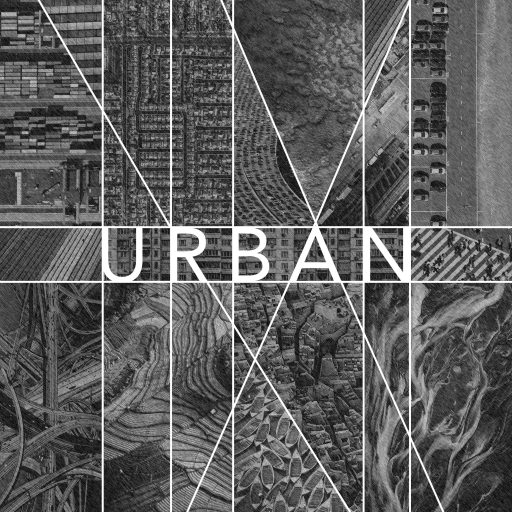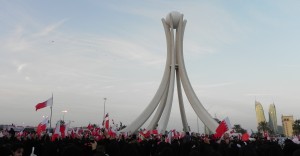 In just the last decade, New York has changed to an astonishing degree. Just ask Columbia urban planning alumnus Tom Lunke. For the past 12 years, the class of ’95 grad has been the planning director of the Harlem Community Development Corporation, where he has witnessed first hand the evolution of the neighborhood and been an insider in some of the more heated public debates, including the Manhattanville expansion plan.
In just the last decade, New York has changed to an astonishing degree. Just ask Columbia urban planning alumnus Tom Lunke. For the past 12 years, the class of ’95 grad has been the planning director of the Harlem Community Development Corporation, where he has witnessed first hand the evolution of the neighborhood and been an insider in some of the more heated public debates, including the Manhattanville expansion plan.
URBAN met with Lunke to hear about his experiences in Harlem.
URBAN: What kind of work have you been doing with the Harlem Community Development Corporation (HCDC)?
Lunke: I’ve ended up doing a lot of public space projects dealing with either creating new space or expanding old space or redesigning it in some way with the community’s input.
URBAN: Have you built good relationships with the community as director of the HCDC?
Lunke: When I first came here, people looked at me like I was from Mars. There were very few white people in Harlem at that time, and it was under a republican administration so they thought, “ok, here’s a republican coming in and he’s not necessarily going to care about what our needs are.”
So I worked really hard to basically turn that myth on its head and show that I was here for them and that basically I could be a conduit between the interests downtown and their interests, and that I would be an honest conduit.
URBAN: Have you witnessed much change in Harlem since you first began working?
Lunke: Oh yeah. When I first came here [twelve years ago] it was really something else. There was still a lot of poverty. I mean, now you see poverty in the people on the street, especially on 125th street. But when I first came here you saw a lot of the physical poverty in the structures.
You would go walk down a street and smell mold, because there
were so many buildings that had been left abandoned that they were basically molding. So there was a very kind of musty smell on many of the side streets. You don’t have that any more because so much of these streets have been redeveloped.
URBAN: If I remember correctly, HCDC opposed Columbia’s Manhattanville expansion plan that called for the use of eminent domain which was ultimately approved by the State Supreme Court. How do you look back on that experience?
Lunke: That was a real struggle. What was clear from the beginning was that Columbia was only interested in acquiring all the property for what is essentially a 17th century campus plan. What we tried to get them to think of was…a Columbia of the 21st century, where their project would be integrated into the fabric of the existing community.
URBAN: What do you mean by 17th century?
Lunke: The plan for the future campus in Manhattanville…is essentially a quad with buildings around it. And the way it’s built, even if they have streets going through it, psychologically it’s an isolating campus.
We [the HCDC] asked them to look at not acquiring all the property, but leaving those businesses that wanted to remain and being aware that there are independent voices within this larger context so that land isn’t controlled by a single entity and is therefore making a single decision.
URBAN: So something with a greater mix of uses, essentially?
Lunke: They were talking about…the importance of interdisciplinary dialogue. What I tried to explain to them is that interdisciplinary dialogue isn’t just one department talking to another, but it’s a department talking to the outside world and getting ideas to apply within the department.
If Columbia wants to be at the cutting edge, [it needs to speak] with people who are on the streets. Not all the greatest ideas come from above and go down. You can get the reverse. And so if we’re talking about a creative economy, well, that involves everybody; everybody thinking and discussing and comparing.
By Jake Schabas



